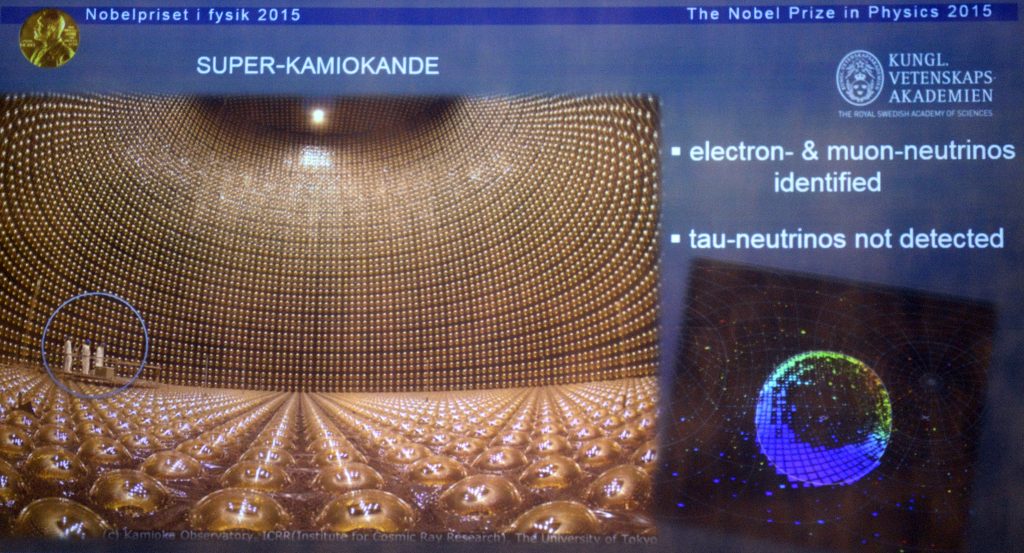
- ARAB NEWS
- 26 Apr 2024

Staff Writer, Dubai
A golden chamber buried in the depths of Japan’s Mount Ikeno acts as a neutrino detector and helps scientists detect dying stars and learn more about the universe, reported the Business Insider.
Super-Kamiokande, also known as the Super-K, is located 1,000 meters underground and contains neutrinos, which are sub-atomic particles that travel through space and easily pass through solid objects.
According to the Business Insider, studying and observing these particles through the Super-K, which acts as an early warning system, can help scientists predict any cosmic events.
"If there's a supernova, a star that collapses into itself and turns into a black hole," Dr Yoshi Uchida of Imperial College London told Business Insider. "If that happens in our galaxy, something like Super-K is one of the very few objects that can see the neutrinos from it."
The detector also shoots out neutrino particles through Japan in order to help researchers study the way the atoms change as they move through the matter. Business Insider reported that the T2K experiment, which is situated in Japan’s Tokai, shoots a neutrino beam 295 km through the Earth and is picked up in Super-K on the west side of the country.
According to Business Insider, researching the science behind these cosmic particles can aid in the discovery of how anti-matter disappeared. The Big Bang models predict that matter and anti-matter should have been created in equal parts.
The Super-K is built like a 15-story building and contains 50,000 tonnes of ultra-pure water that can dissolve metal. The chamber is lined with 11,000 golden bulbs that are sensitive light-detectors called Photo Multiplier Tubes (PMTs), which can pick up neutrino particles, revealed Business Insider.
In order for the Super-K to detect these particle shockwaves, the water has to be as pure as possible. The detector is constantly filtering and re-purifying the water by shooting it with UV light to kill off any bacteria.
According to the Business Insider, a bigger neutrino detector called "Hyper-Kamiokande" has been proposed and could start running as soon as 2026.
It would be 20 times bigger than Super-K in terms of sheer volume, and with about 99,000 light detectors as opposed to 11,000, stated Business Insider.